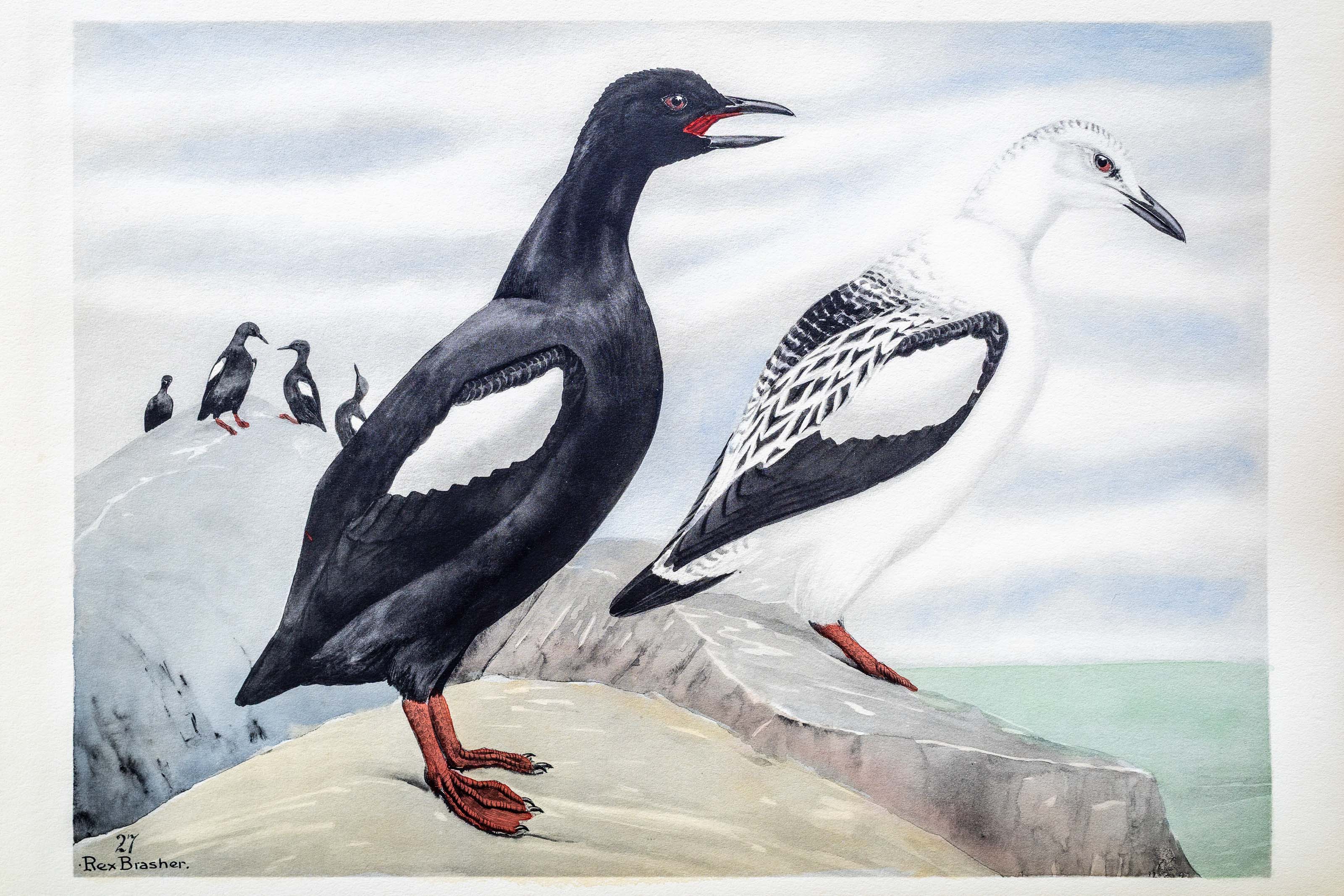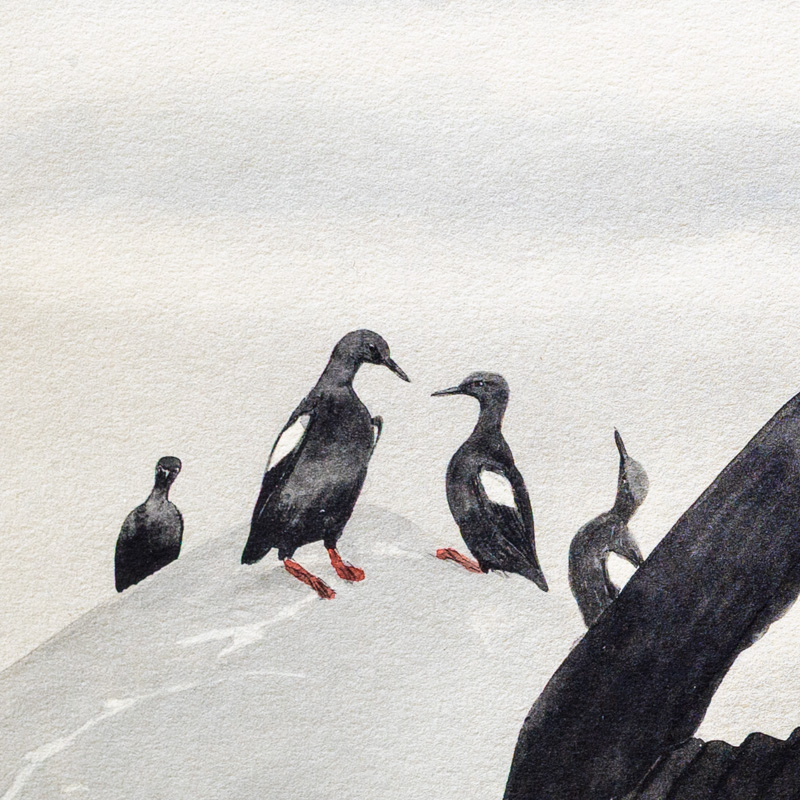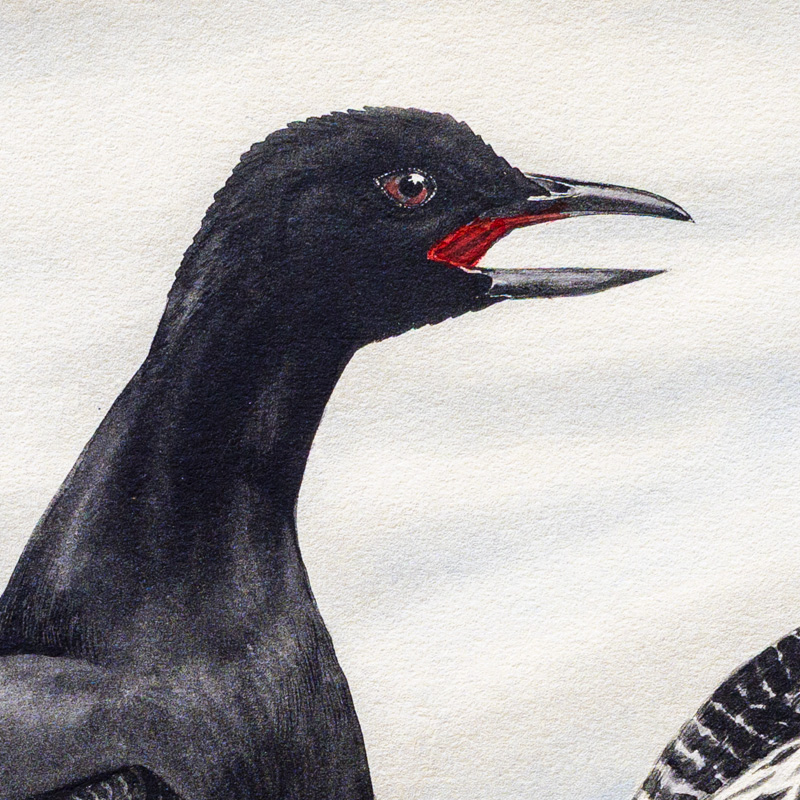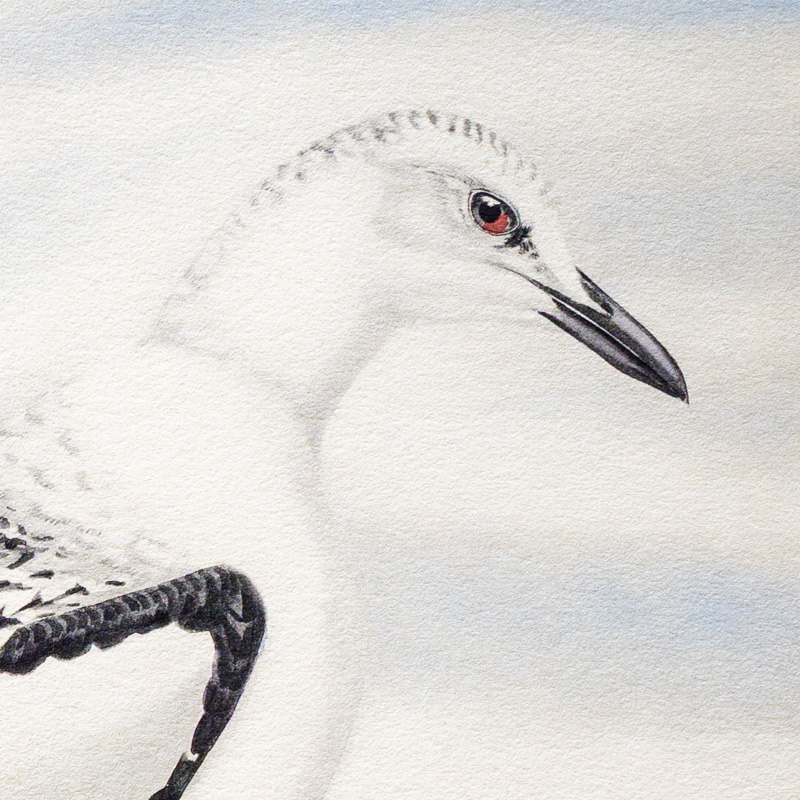






Unknown
1932
1
27
A team of dedicated board members, volunteers, and student interns has published every page in Volume 9. This volume includes 360 images of paintings and lyrical descriptions of birds, now available online for everyone to enjoy anywhere in the world. This is a monumental task. Each volume requires approximately 400 hours to photograph, edit, transcribe, catalog, and publish online. We need your support to complete this work.
If you're tech-savvy, have a good eye, are meticulous with details, and love structured data, please consider volunteering by emailing us at hello@rexbrasher.org.
We encourage all bird lovers and supporters to consider a monetary donation to support our mission to make Rex's work available for everyone. You can provide a one-time or recurring donation online.
As the sloop drew in toward one of the outer islands of Casco Bay, a Hampton left the cove. The first object I saw was a large basket of raspberries carefully poised on a rock. Evidently the departed crew had forgotten it. They were fully half a mile away — the dusk was looming over the eastern sea. Should I start after them and return the treasure or? — a neat question of ethics. While debating, a dark bird fluttered from almost beneath my feet and in an attempt to discover what lay hidden in the home — decision on the berry question was postponed. The GUILLEMOTS' nest was too well placed for investigation but next morning I saw two little ebony feather balls follow their parents out to sea.
I have seen a few of these birds off Cape Cod but they are essentially a non-migratory species and take cold or storm with the same carefree attitude with which they accept the Summer days of our north New England coast.
Two or three eggs, white or pale green, spotted with brown and lavender, are deposited in nooks of rocky islands.
Coasts of eastern North America from Greenland and Ungava to Maine.